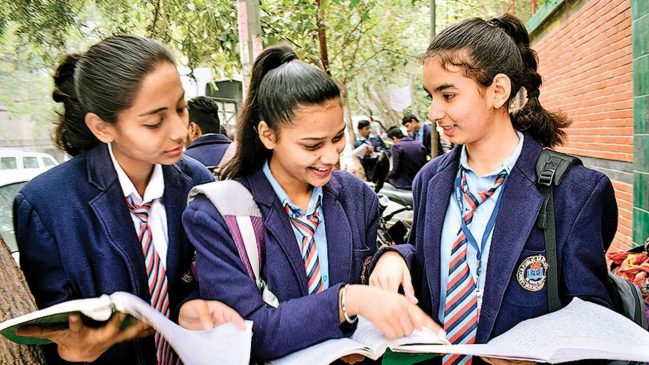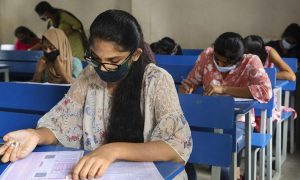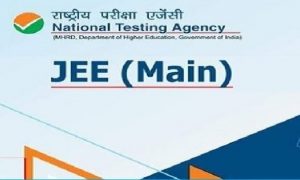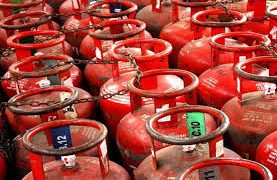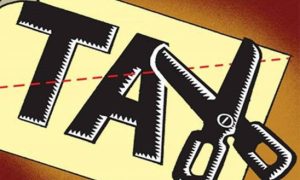According to the syllabus provided for each subject, the assessment plan will include theoretical, internal assessment, or practical components
The Central Board of Secondary Education (CBSE) has recently released the curriculum for the Senior Secondary that includes class 11 and class 12. Students who are in classes 11 and 12 can check the detailed curriculum for the academic year 2024- 25 through the official website cbseacademic.nic.in.
Read More: NEET UG 2024 Answer Key Soon At Exams.Nta.Ac.In; Check Tentative Schedule, Marking Scheme
As per the latest curriculum, there are seven main learning areas in the Senior Secondary School curriculum for 2024–2025 including general studies, mathematics, science, languages, humanities, and health and physical education. Teachers are more conscious of the requirement of incorporating 21st-century skills into educational institutions as a result of the new curriculum. Three categories of skills are included: life, literacy, and learning.
CBSE Curriculum for Academic Year 2024-25: Subject Offered and Exam Pattern
The secondary school curriculum is structured as follows:
1. In classes eleven and twelve, one of the two languages that must be studied must be Hindi or English.
2. Students can choose between English Core (Code-301) and English Elective (Code-001) or Hindi Core (Code-302) or Hindi Elective (Code 002). It is not possible to provide a language at both the core and elective levels.
Read More: Mumbai University PG Admissions 2024 Online Registration Begins – Check Details Inside
3. The following subjects cannot be taken together :
-A combination of Business Studies (Code 054) and Business Administration (Code 833) is not permitted.
-Candidates are only allowed to select one of the three computer science/IT-related subjects including Informatics Practices (065), Computer Science (Code 083), and Information Technology (Code 802).
– Applied Mathematics (Code 241) and Mathematics (Code 041).
4. The first five subjects included in the online registration system’s/Mark Sheet’s chronological subject list are regarded as the main subjects.
5. Additionally, a candidate may provide one more elective, which might be any other elective subject or a language at the optional level. Depending on the study plan, any subject can be combined with a skill elective.
6. The percentage of candidates who take 6/7 subjects and pass all 6/7 subjects will be determined based on the college/institution’s policies.
7. The percentage of candidates who take six out of seven subjects and pass every one of those subjects will be determined based on the requirements of the college or institution where the candidate is applying for admission.
8. If a student has taken six subjects, and he or she fails any of the first five, the sixth subject will take its place, providing the candidate satisfies the study plan, that is, either Hindi or English will remain one of the major five subjects after replacement.
Since classes 11 and 12 are combined into one, students only need to enrol in the classes in class 11 that they plan to continue in class 12. In class 11, students may choose to take at least five subjects. According to the syllabus provided for each subject, the assessment plan will include theoretical, internal assessment, or practical components.
Also according to the curriculum, when it comes to regional languages, the State Boards in question determine which textbooks should be used in classes 11 and 12. Additionally, at the start of the school year, schools are urged to notify CBSE of any changes made to the textbooks by the individual State Boards. The textbooks that the CBSE has mandated for its curriculum must also be rigorously adhered to by schools. Only after receiving notification from CBSE changes will be implemented. Any problem that results from the school disobeying the board’s orders will be the school’s responsibility.

